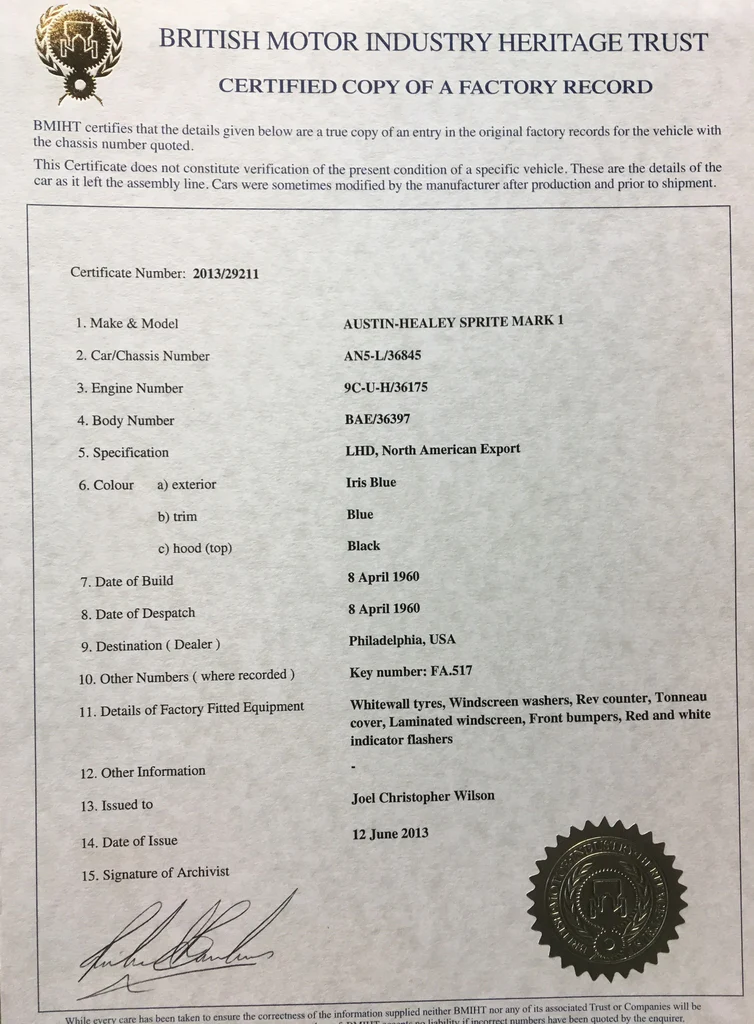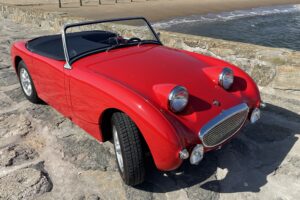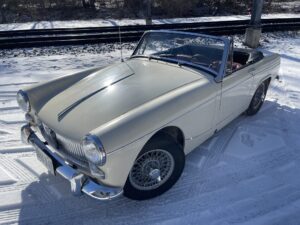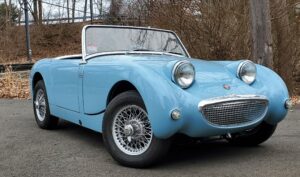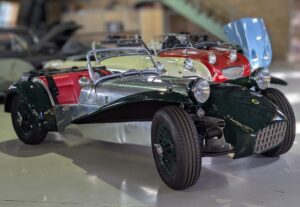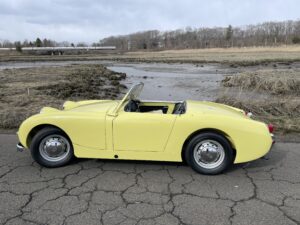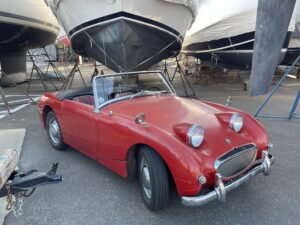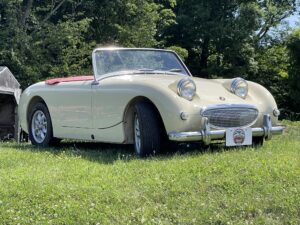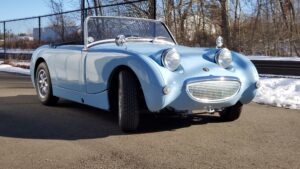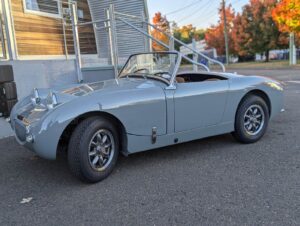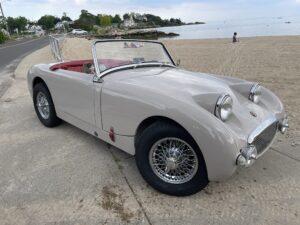We had a customer ask us this week how to identify which engine they had in their Bugeye (so they could order the right parts for their car). I thought this was a good idea for a tech post this week, in case you are having similar doubts about the identity of the heart of your Spridget!
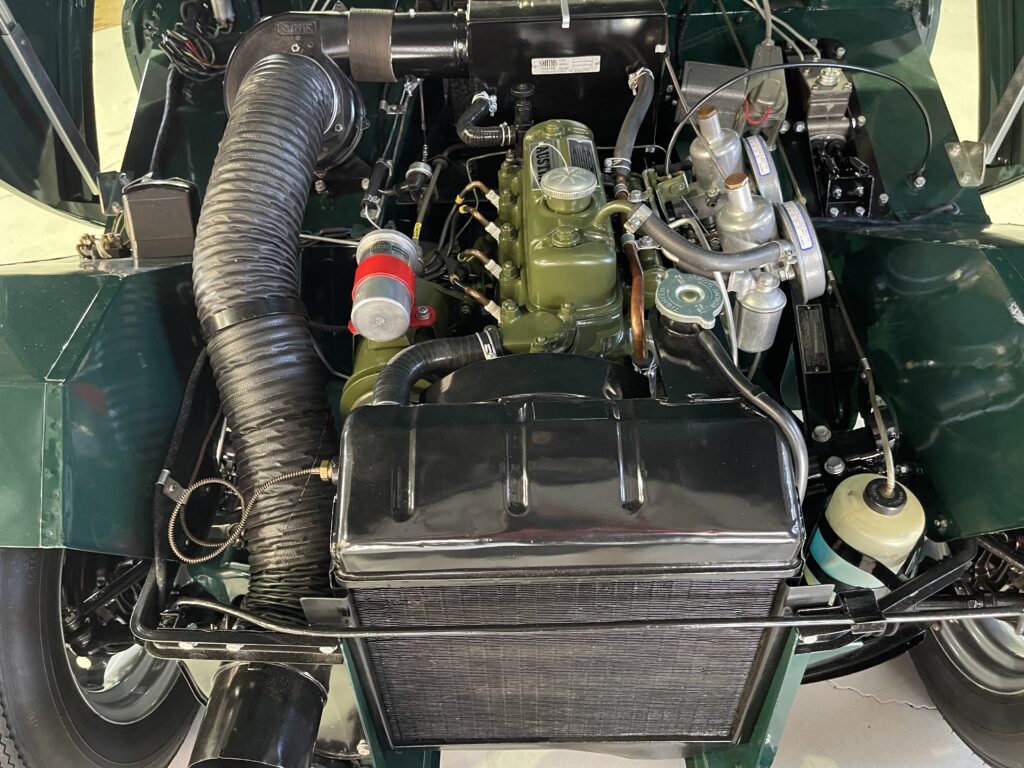
Of course, from the factory, all Bugeyes came with 948cc power plants. However, for any number of reasons, ranging from a desire to increase power to the availability of replacement engines, 1098cc and 1275cc engines are frequently found in Bugeyes today. All three of these engines have the same footprint, so any Spridget can have any of these three engines. In 1975, the 1500 engine came along, (and was also used in the Spitfire) and this engine has different mounts, and exhaust is on the other side, etc., so any engine from 1958- late 1974 is the same size package. 1975 and later 1500s are not.
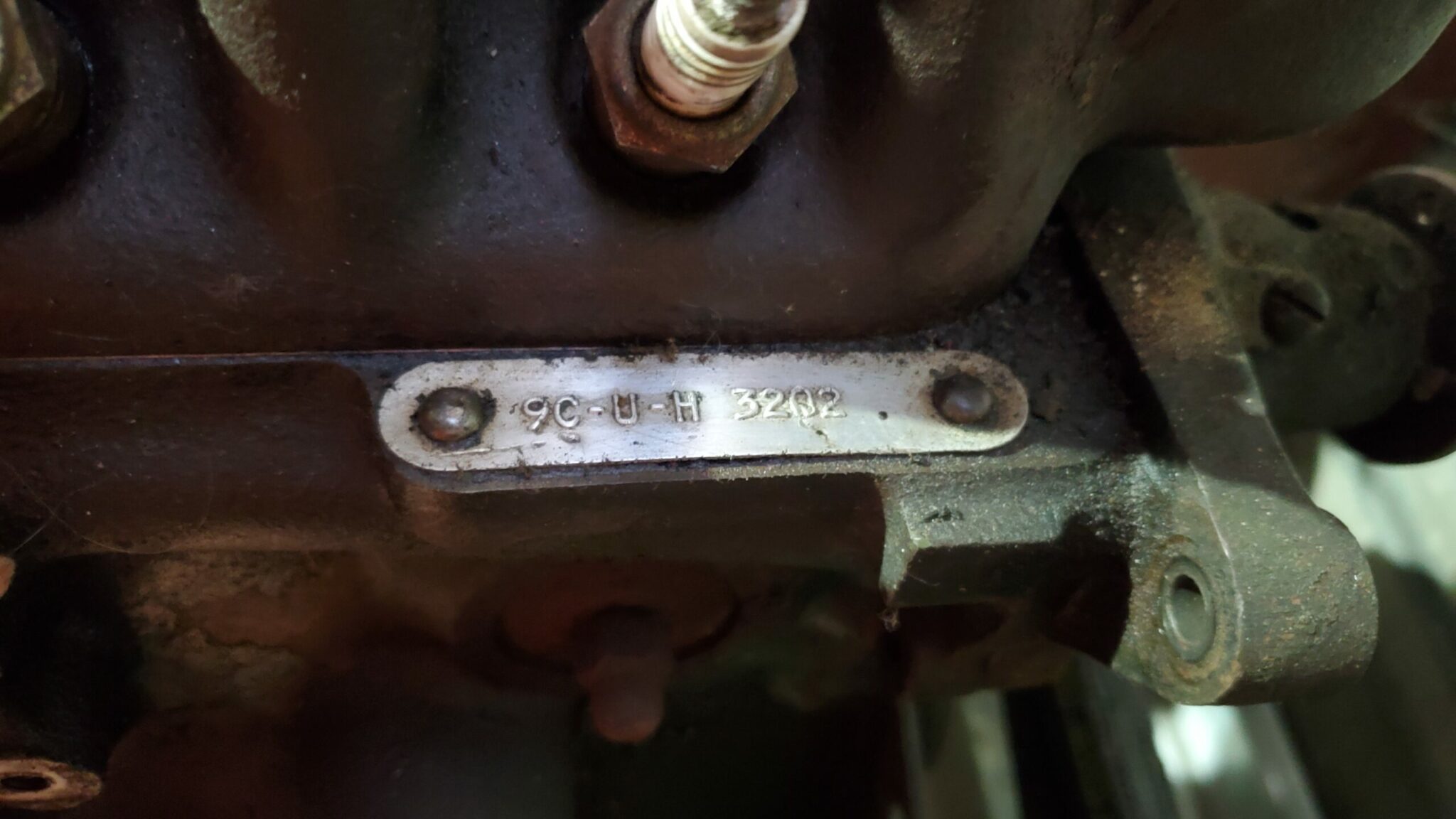
The easiest way to tell which engine your Spridget has on board is to take a look at the engine ID plate, found on the right-hand side of the engine, where the engine block and head meet, right under the foremost spark plug. There should be a small tin tag on a flat-machined boss with a number stamped into it. The above photo is an example of this tag on a 948 engine.
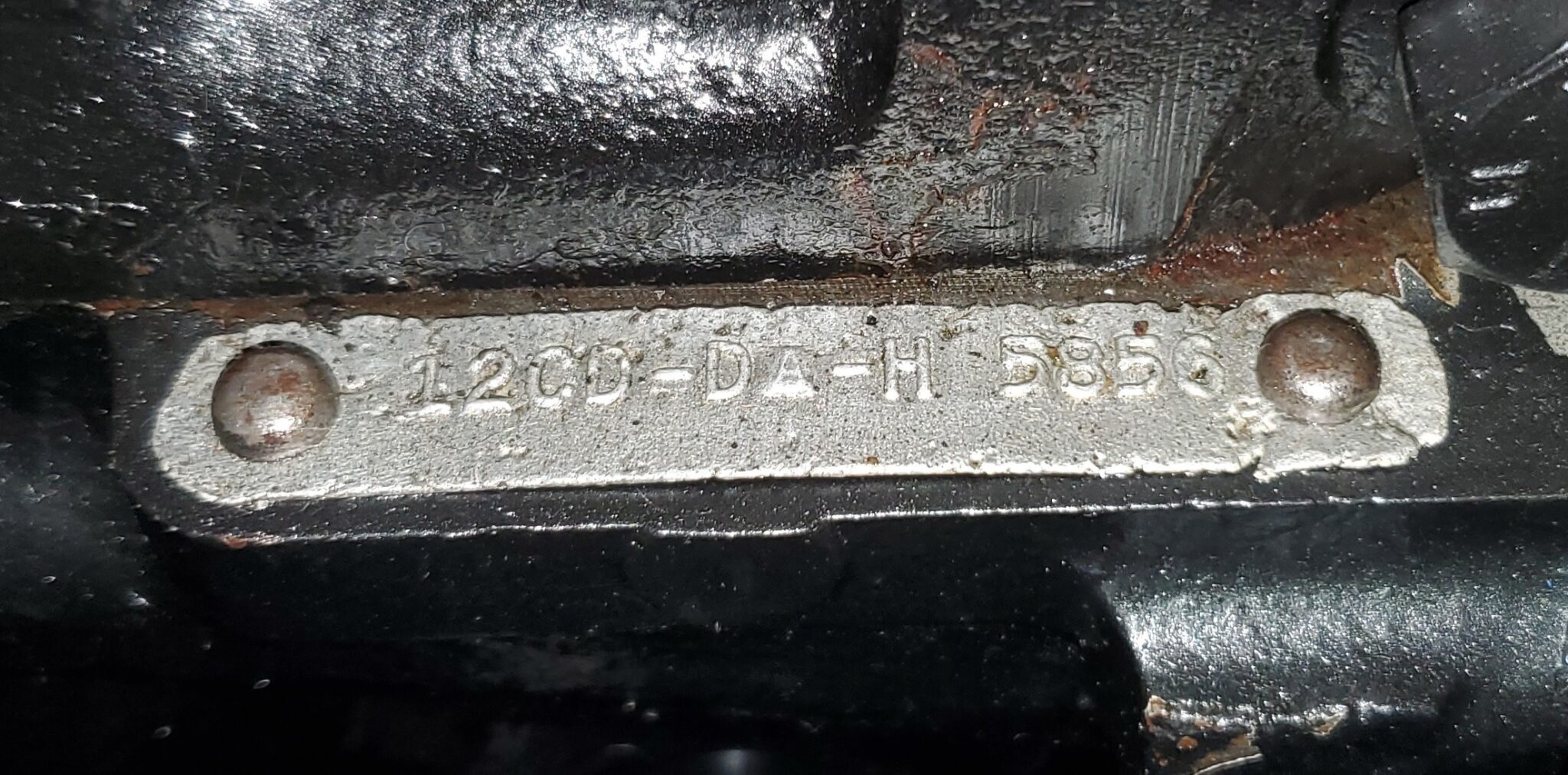
The first number on this tag will tell you which engine you have. A “9” as the first digit indicates a 948 engine. A “12” as the first digit indicates a 1275 engine. 1275s are a popular choice for upgrading a Bugeye, as they have more horsepower and better parts, so seeing this on your tag is a good thing if you are looking for a performance upgrade.
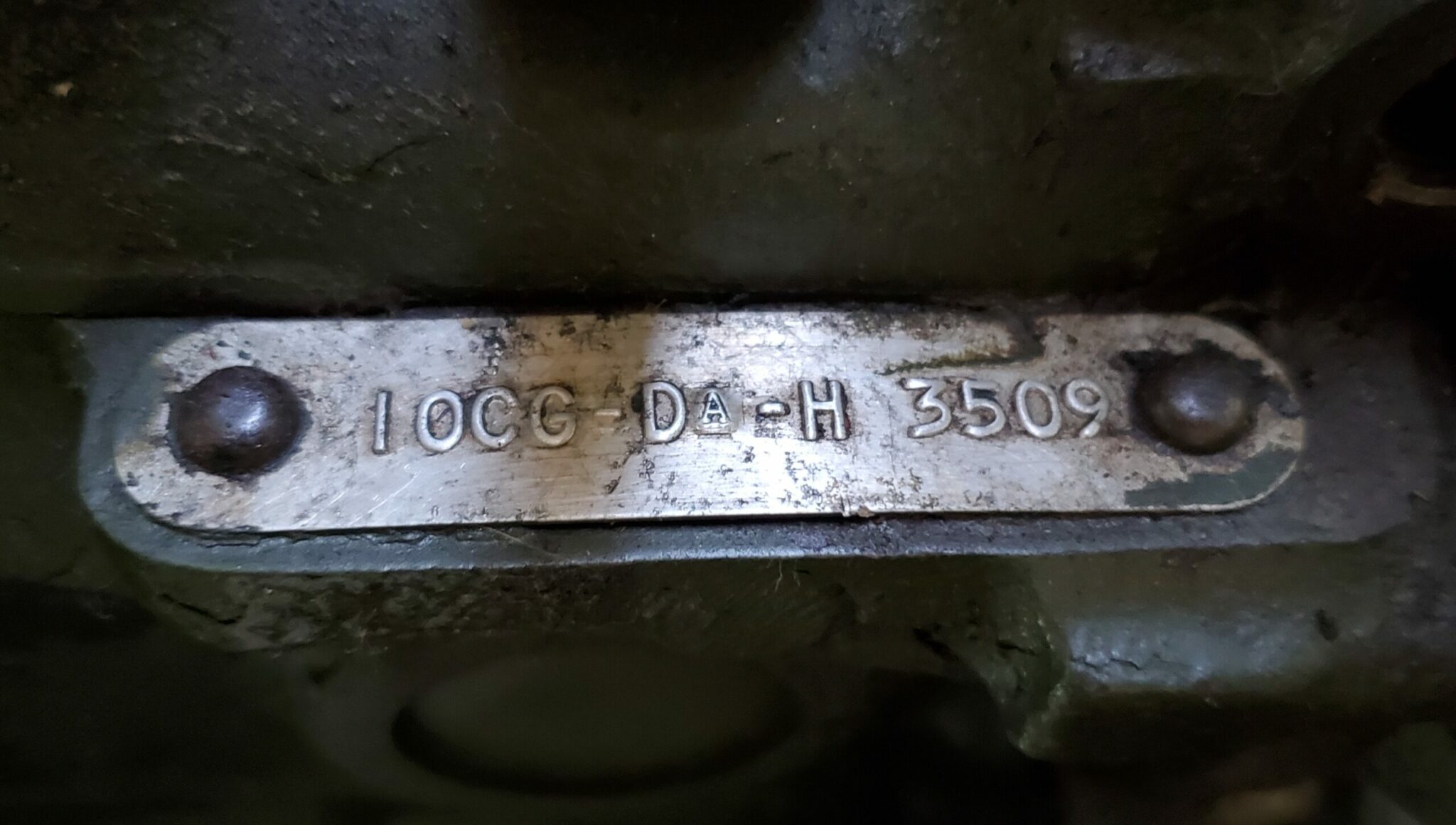
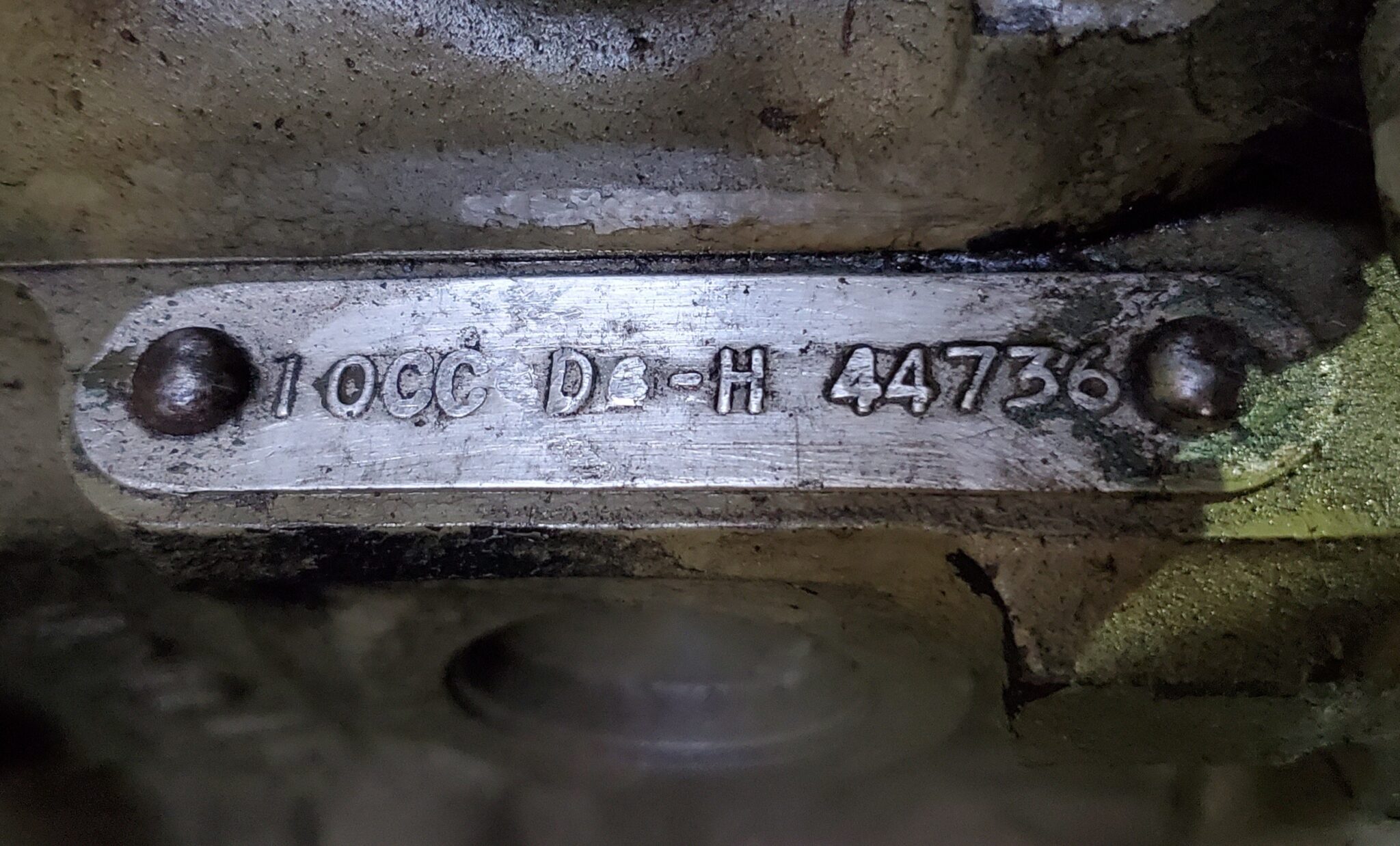
1098’s are a little trickier, as there were two different types of 1098 used depending on what era of Sprite/Midget the engine came out of, and a lot of the internal parts are not interchangeable. “10CG” denotes an earlier 1098, used originally in Sprite Mark II and Midget Mark I’s. “10CC” means you have a later 1098, which have beefier internals and were used on Mark III Sprites and Mark II Midgets.
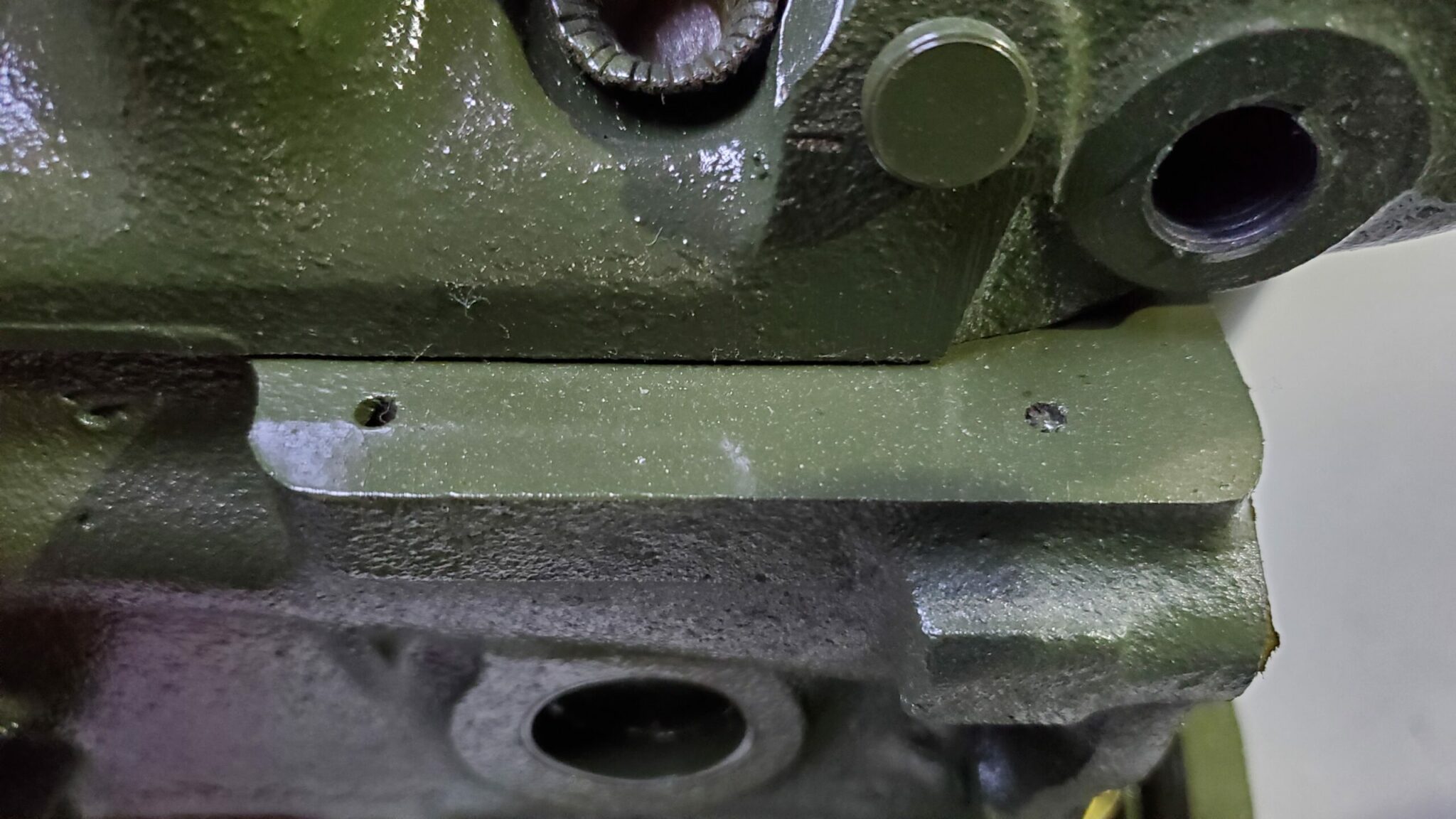
The problem is, due to the location of this plate, any time the engine is rebuilt and the block goes to the machine shop to be decked, this tag has to come off, as the mounting boss for the plate is technically part of the deck. So how do you tell what motor you have if the ID tag is missing? Well, luckily for us, A-series engines have a hidden Identifying mark that will help us out!

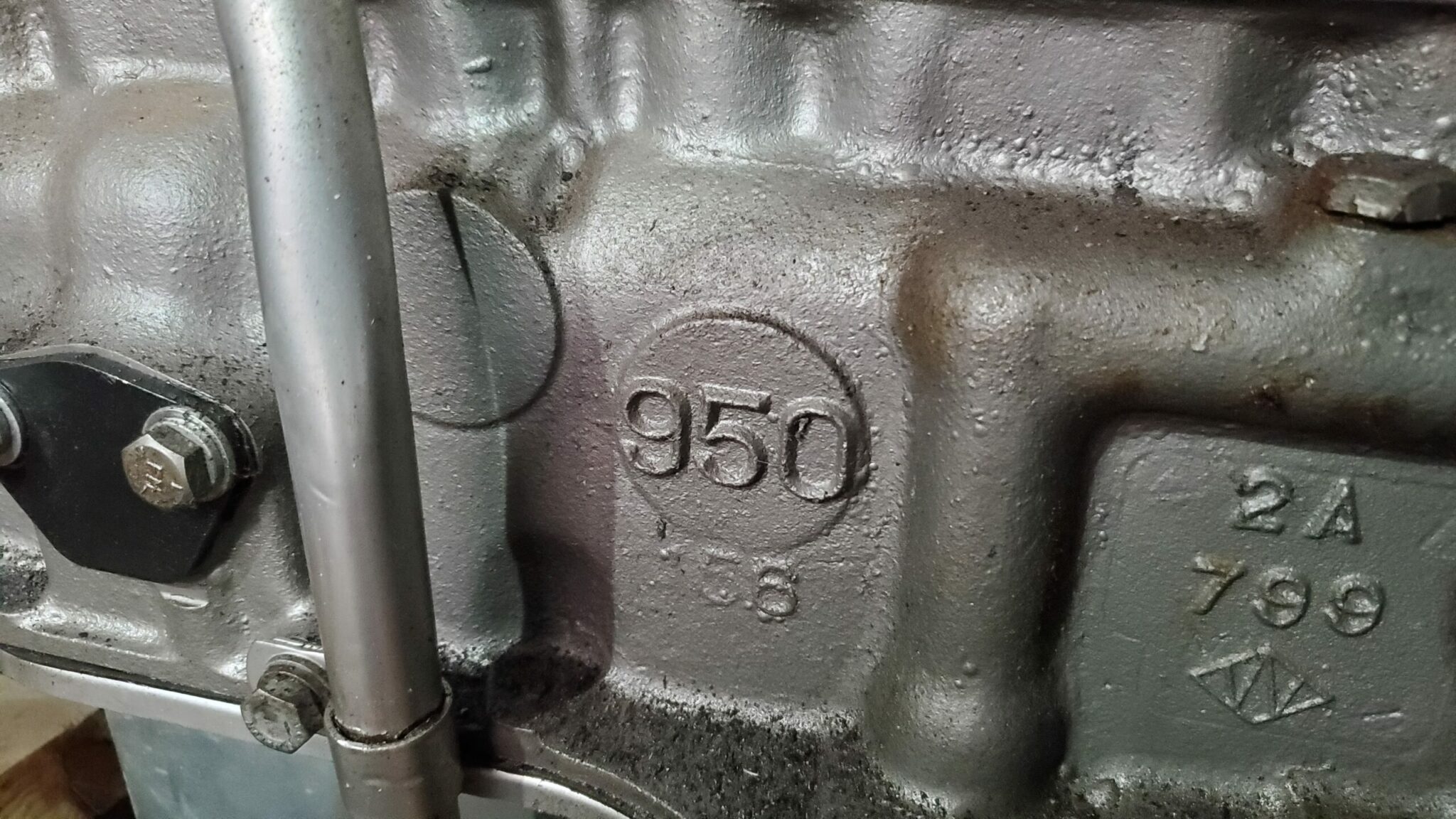
On 948’s, if you look at the photos above, you’ll see that in the left-hand side of the block, in the middle of the block, right above the oil pan, there’s a handy “950” cast right into the block itself! This is another sure-fire way to tell if you have a 948 engine in your midst.
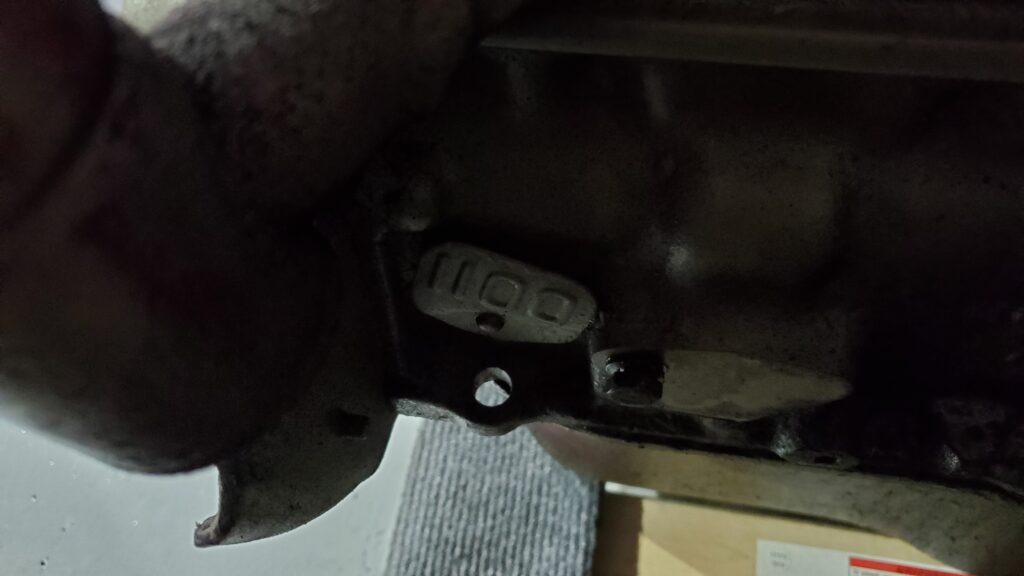

1098s and 1275s both have the same method of secondary identification. On the left-hand side of the block (but at the front this time), there is a small tag riveted to it that will read “1100” for 1098 blocks and “1275” for 1275s. Of course, since these plates were riveted on and not cast into the block itself like the “950” mark, they tend to sometimes be missing also, and if this is the case, the easiest way to tell which engine you have is by the presence of side covers.
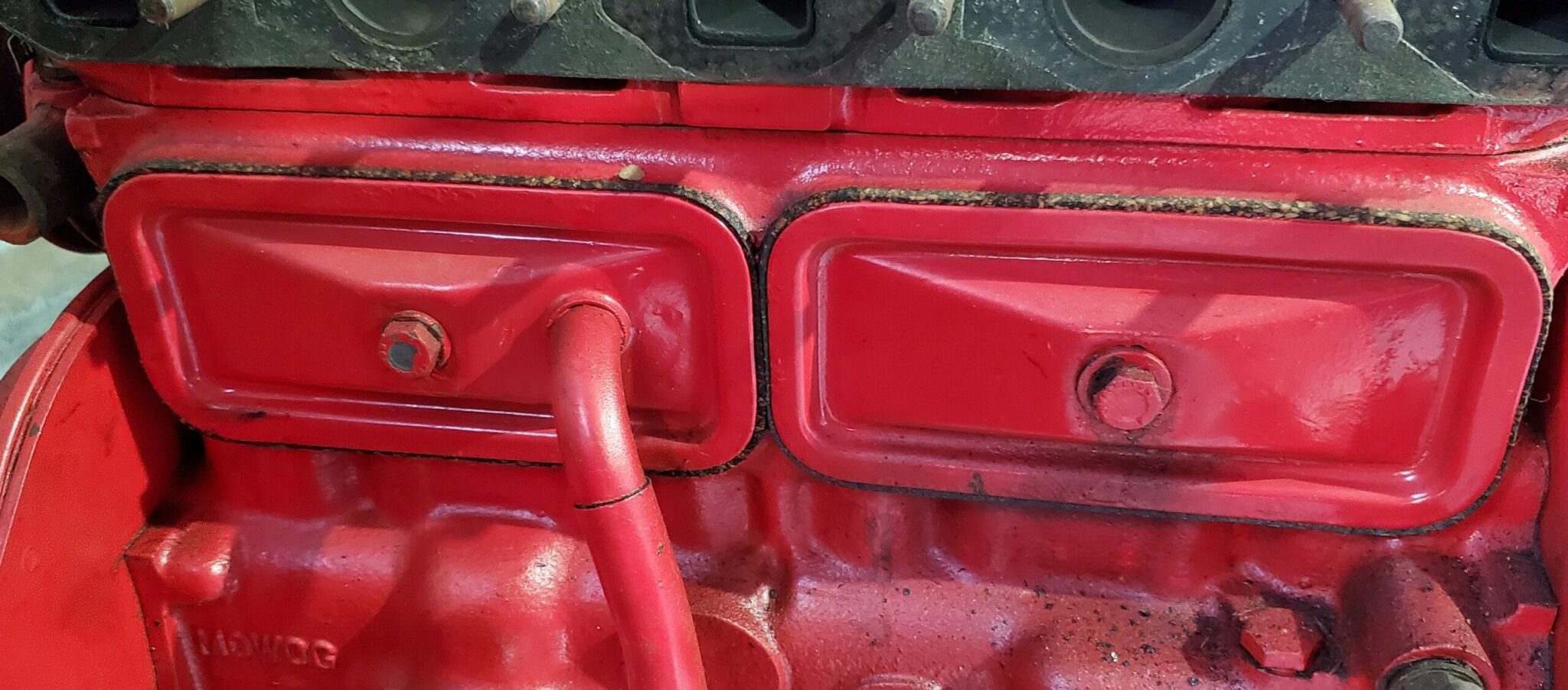
Side covers provide access to the push rods and lifters. 1098s have side covers. However, 1275s did away with these covers. So a last-gasp way to tell what engine you have (if the 950 isn’t present on the block) is by taking a look under the intake and exhaust manifolds. If side covers are present, you have a 1098. If there are no side covers, you have a 1275.
Of course, there are lots of other more subtle ways to identify your Spridget’s power plant, but by and large, the couple of ways outlined in this post are the easiest ways to tell. I hope this post gives you some clarity in determining which heart beats in your Spridget! And if you’d like to find out what ID numbers your Bugeye was born with, you should purchase our Bugeye Birth Certificate!
